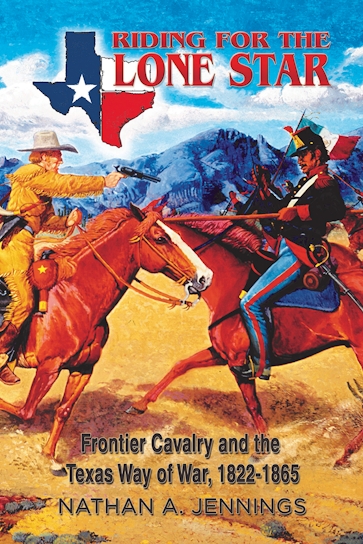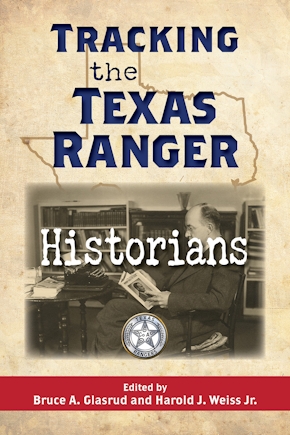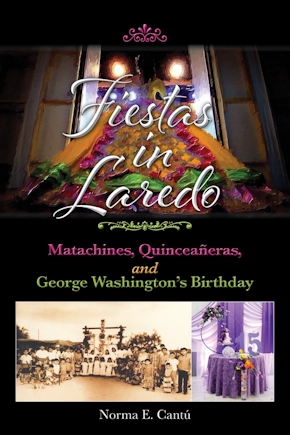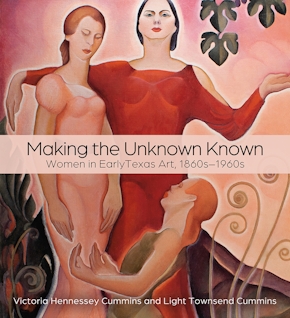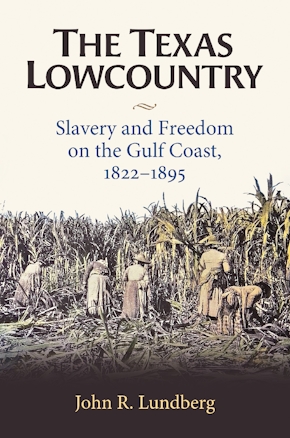“A compelling, deeply informed account of the singular contribution of Texas to warfare in the nineteenth century, told by one who knows war from the field as well as from the library.”—H. W. Brands, author of Lone Star Nation and The Man Who Saved the Union: Ulysses Grant in War and Peace
“Jennings makes a strong argument for Texas having its own ‘Way of War.’ He contends that Texans developing and relying upon slashing, aggressive mounted combat using all weapons available to individual combatants marked warfare in Texas. Readers will find a new perspective to view Texas and military matters.”—Joseph G. Dawson III, editor of The Texas Military Experience and author of Doniphan's Epic March
“This represents an important and highly original contribution to Texas and military history. Wisely, the author recognized that the Texas way of war often entailed a fearsome, racially and ethnically-charged ferocity. I applaud the author’s ambition and creative thinking.”—Robert Wooster, author of The Military and United States Indian Policy 1865-1903
"Jennings . . . tells this story capably, in an exhaustively researched yet thrilling manner. . . . Jennings correctly pays homage to those who are less renowned, but who were indispensable to the hard-won success, establishment, and defense of Texas as an independent entity."--Foreword Reviews
"During 1861-65, Texas sent an astounding 61 cavalry regiments and 39 cavalry battalions into Confederate service, far more than any state on either side. . . . Jennings uses the experiences of the 8th Texas Cavalry regiment (Terry's Texas Rangers) and Ross's Texas Cavalry Brigade to demonstrate the effectiveness of Texas-brand pistol and shotgun shock charges in the war's early stages, as well as the usefulness of their scouting and raiding skills."--Civil War Books and Authors
"Nathan Jennings does an excellent job capturing the strategic and operational influences that shaped Texans into excellent equestrians, as well as independent and strong-willed soldiers. . . . The author successfully links the military styles of combat that evolved in Texas to make a compelling argument why Texas troops were frequently in high demand throughout the Confederacy."--Civil War News
"The apex of the Texas way of war came during the war with Mexico, when both Zachary Taylor and Winfield Scott employed Texas mounted troops to great effect and, to both commanders' chagrin, great destruction. . . . [A] valuable contribution to the historiography of nineteenth-century Texas."--Southwestern Historical Quarterly
"Nathan A. Jennings has done an admirable service to historians of Texas and the Western Frontier. He has written a comprehensive study of Texas cavalry operations in the Lone Star from the colonial period to the Civil War era. . . . Whether discussing regular forces or irregular operations, the reader can gain a lot from the narrative. The book is well-researched and complimented by informative anecdotes and keen observations. Ample maps and photos only serve to augment the study."--Civil War Book Review
"Despite the numerous books examining Texas, Nathan A. Jennings finally and definitely answers some of our basic understandings of early Texas military history. He is the first to take what historians already suspected about the uniquely cavalry military tradition of Texas and researched it to definitively explain for the first time why Texans typically fought from horseback. . . . [T]his is an excellent book."--Western Historical Quarterly
"Jennings . . . has done an extraordinary job of collecting first-hand accounts as well as published literature on the subject matter, giving readers an excellent account of how Texans developed the mobilization, recruitment, tactics, and techniques to secure the new territory from Mexicans, Native Americans, outlaws, and finally Union forces."--On Point
"Jennings’s ambitious efforts result in some useful results, particularly in looking at the early development of Texas through a military lens. This detailed study admirably analyzes Texas’s martial development during the first half of the nineteenth century. Work such as this is crucial for integrating the narrative of Texas’s military and social history."--H-WAR
"So Texas learned some lessons that would (controversially) apply today: its Rangers were equipped, trained and organized as highly mobile formations, able and willing to proactively carry the fight to the enemy. Unfortunately,Texas’ way of war was also to conduct warfare against the 'civilian population' (women and children in Native American villages, for example); capture horses (the means of attack) in those villages; and destroy the villages (centers of supply and rest)."--ARMOR Magazine
"With the incorporation of the horse into their overall strategies, along with the introduction of Samuel Colt's revolvers, Texas Rangers became formidable foes for any enemy."--Panhandle-Plains Historical Review
"Jennings does a great job of charting tactics, weapons, major campaigns, and key figures in ranger history. . . . By embracing both the admirable and violent aspects of the Texas mystique, Jennings's work is a laudable addition to ranger history with much to offer the reader."--Texas Books in Review
"Jennings’ book doesn’t just give an excellent overview of the large, well-known battles like San Jacinto in 1836 or Palmetto Ranch in 1865, but also spends time going over the plethora of small, individual unit actions where Texans learned the way of war and learned to compete on horseback as well-seasoned cavalry and rangers."--Emerging Civil War
"Jennings is able to place Texas's military decisions during 1822-1865 in a social, political, economic, and cultural context. This is a must-read for anyone interested in Texas and the development of its martial traditions in the nineteenth century."--Journal of Military History
"Jennings' strongest argument is that the Rangers' success against Indians, Mexicans and Yankees was due to employment of superior weaponry (Colt revolvers and American long rifles) and mounted mobility."--True West
"Jennings has written an engaging and highly detailed account of Texas's military past."--Journal of Southern History
